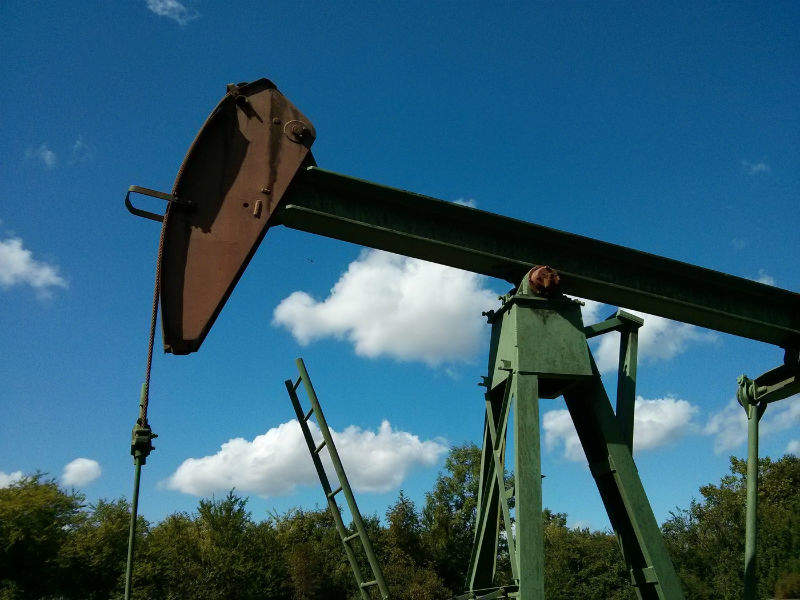
The Organization of Petroleum Exporting Countries (OPEC) has pledged to ramp up production in Saudi Arabia and other countries in order to offset oil production losses of 420,000 barrels of oil per day (bpd) between January and May of this year.
The consortium of major oil producers cited political disruptions in Venezuela and oil output declines in Angola, among other factors, as the reason behind the losses.
Global disruptions in oil-producing member states have led to months of uncertainty in the oil supply chain and therefore prices have fluctuated. The imminent re-introduction of US sanctions on Iran has exacerbated the situation.
Texas-based energy economist Anas Alhajji said: “Unlike the past, US weekly crude oil inventories have become extremely sensitive to US net imports, making short-term oil prices more volatile. The July production numbers show a large increase in OPEC production close to 300,000 bpd, but exports increased only slightly, preventing prices from declining further.
“While the increase in OPEC production raises questions about the size of the remaining production capacity, people should remember that most of the decline in Venezuelan and Iranian production is already priced in.”
Offsetting oil production losses
The increase in production in Saudi Arabia is expected to offset oil production losses in Venezuela, Angola and Iran.
How well do you really know your competitors?
Access the most comprehensive Company Profiles on the market, powered by GlobalData. Save hours of research. Gain competitive edge.

Thank you!
Your download email will arrive shortly
Not ready to buy yet? Download a free sample
We are confident about the unique quality of our Company Profiles. However, we want you to make the most beneficial decision for your business, so we offer a free sample that you can download by submitting the below form
By GlobalDataUS drilling activity also increased sharply in the first half of the year, leading to June’s record high oil production level, but issues such as pipeline bottlenecks in the Permian basin will continue to limit growth through 2019. Companies are said to be focusing on other US basins.
Losses experienced through political disruptions should be mitigated through growth in production elsewhere, such as onshore opportunities in the US, where the majority of the expected additional 1.3 million barrels (mmbbl) per day forecasted for 2018 is already being seen.
Several OPEC nations in the Middle East, including Iraq, Saudi Arabia and Kuwait, will oversee additions of nearly two mmbbl per day in 2019.
In the next five years or so, further gains will come from deepwater offshore explorations with Westwood Global Energy Group’s ‘World Drilling & Production Market Forecast’ report estimating that oil production will reach 97.6 mmbbl per day in 2023. ExxonMobil’s recent Stabroek block discovery offshore Guyana is one example.
The report also stated that gas-targeted drilling will grow significantly, causing global gas production to reach 79 million barrels of oil equivalent per day in 2024, driven by recent gas discoveries offshore East Africa, the Mediterranean, and Australia.






